introduction:
Driven by the digital age, the online virtual pavilion is redefining the exhibition experience in a new way. The virtual pavilion is a digital space based on 3D technology, which presents the traditional exhibition content in a digital form and provides visitors with a realistic exploration experience. This unprecedented digital interaction method not only brings a brand-new exploration experience to visitors, but also brings brand-new promotional opportunities for enterprises.

one. The investment required to establish an online virtual pavilion
1. Technical basis:
The establishment of a virtual pavilion requires investment in 3D modeling, rendering technology and virtual reality technology. These technologies can not only present highly realistic exhibition content, but also bring visitors an immersive viewing experience.
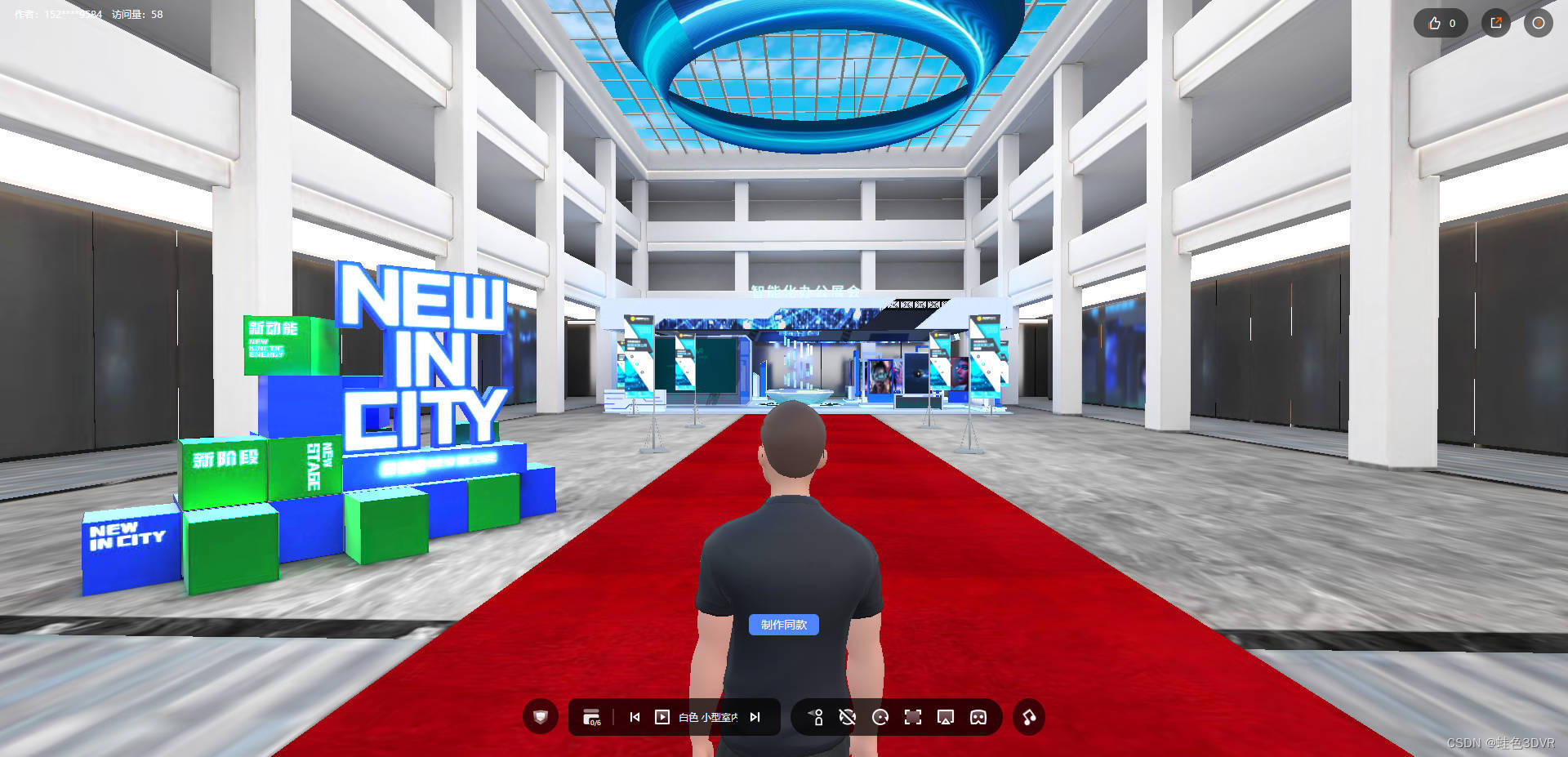
2. Content production:
The production of exhibition content is another key cost, including the digital presentation of exhibits, the design of interactive elements, etc. High-quality exhibition content will enhance visitors' sense of participation and desire to explore.

3. Promotion and maintenance:
The promotion and maintenance of the virtual pavilion also requires a certain amount of investment. Promotion includes online marketing, social media promotion, etc. to attract users into the virtual exhibition hall. Maintenance includes continuous updating of exhibition content, solving technical problems, etc.

The above are the things that must be considered to create a successful online virtual exhibition hall. It will cost a certain amount of money and a lot of time. If you want to save a certain amount of cost and time, you can consider the existing 3D Metaverse platform. Some 3D metaverse platforms are built, and these platforms can also be selected for independent development and customization. Choosing the right platform will directly affect the investment cost and subsequent operating results.
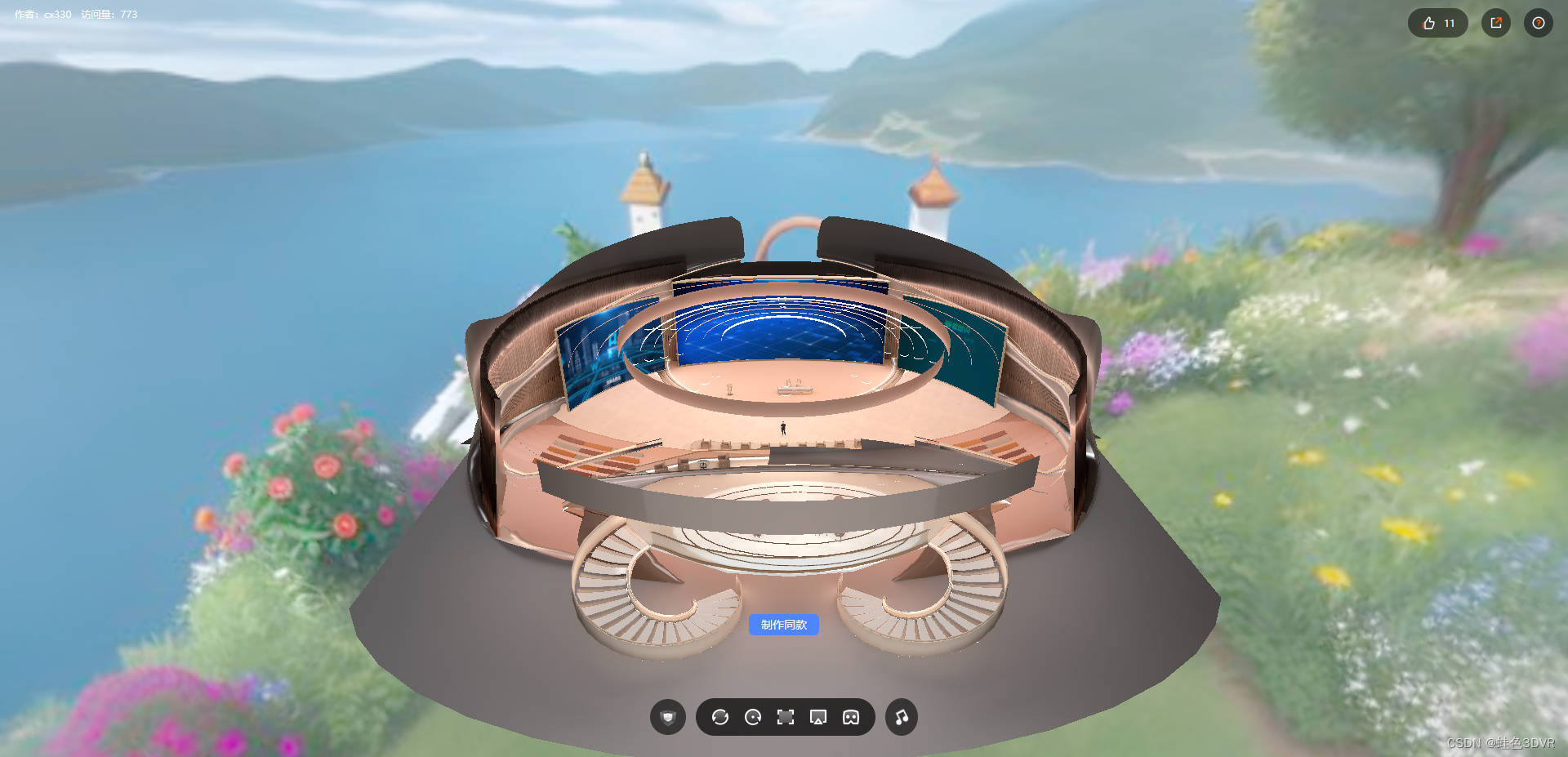
two. How to divert traffic from the online 3D Metaverse Pavilion to offline
1. Arouse curiosity:
Draw users into the virtual space by setting up unique exhibits or storylines related to offline events in the virtual pavilion. For example, set clues in the virtual pavilion to guide users to the offline event site to unlock more content. This kind of cross guidance can allow users to form continuous interaction between online and offline. Driven by curiosity, users will be more willing to know the details of offline activities.
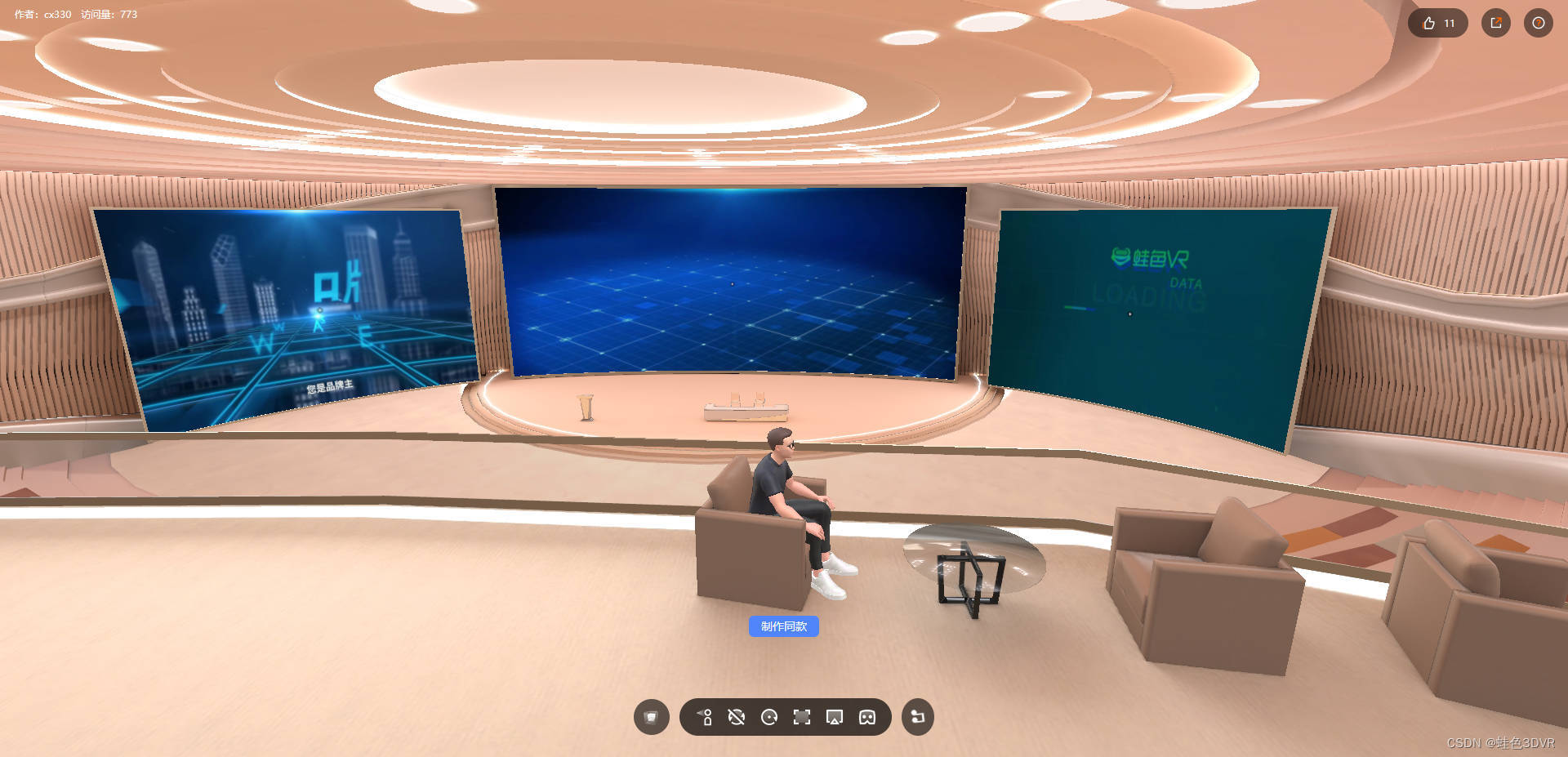
2. Online and offline interaction:
Set up interactive elements related to offline activities in the virtual pavilion, such as online lottery draws, offline ticket discounts, etc. This kind of interaction will motivate users to actively participate, thereby increasing the attractiveness of offline activities.

3. Virtual reality physical exhibition:
Set up a virtual reality exhibition in the physical space near the online 3D metaverse exhibition hall, so that the audience can experience the content of the virtual exhibition in person. This approach can provide a more realistic and immersive exhibition viewing experience.
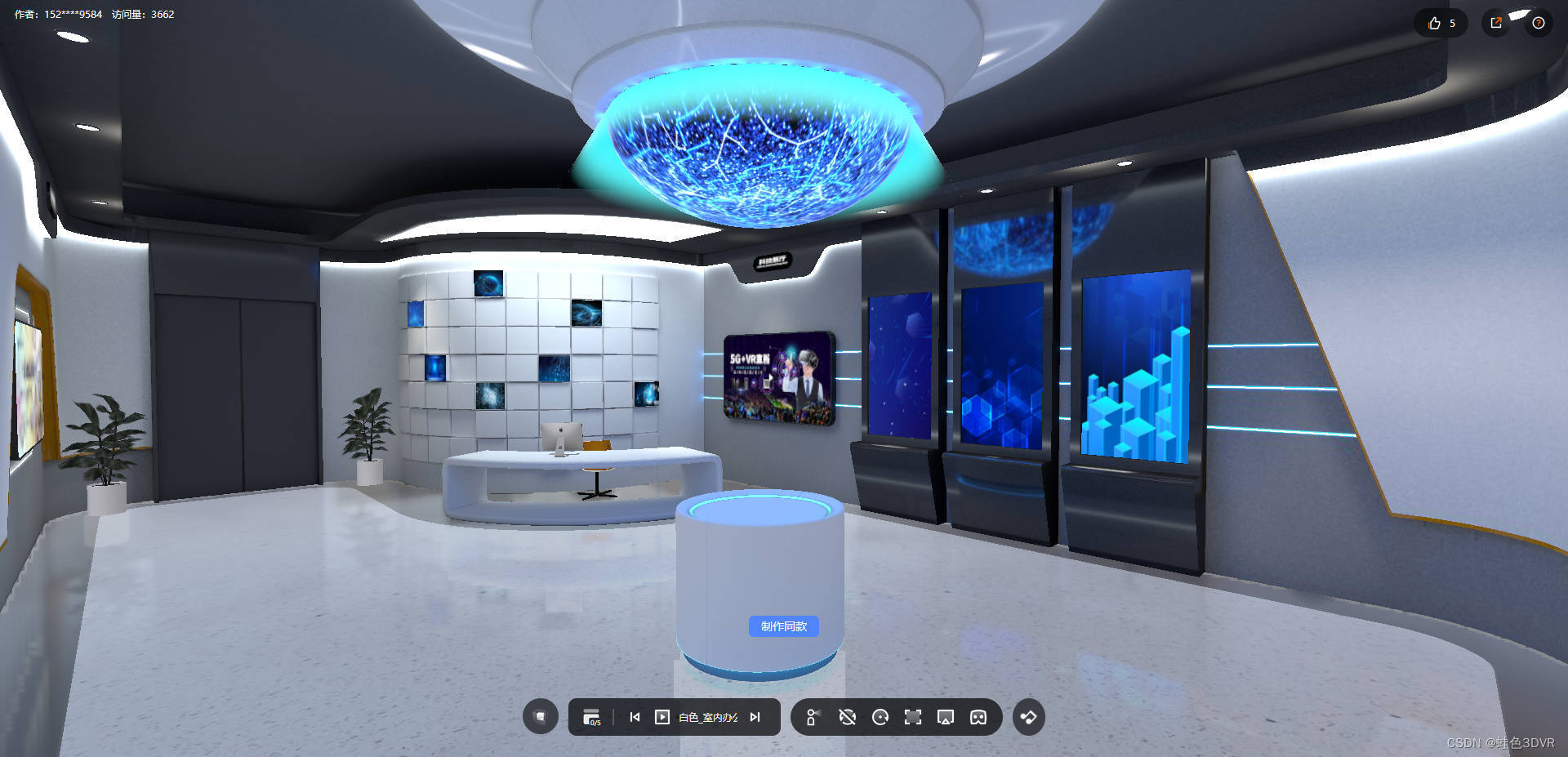
4. Social sharing:
Add social sharing function in the virtual pavilion, so that users can easily share their visiting experience. This will increase the visibility of offline events and attract more potential participants.
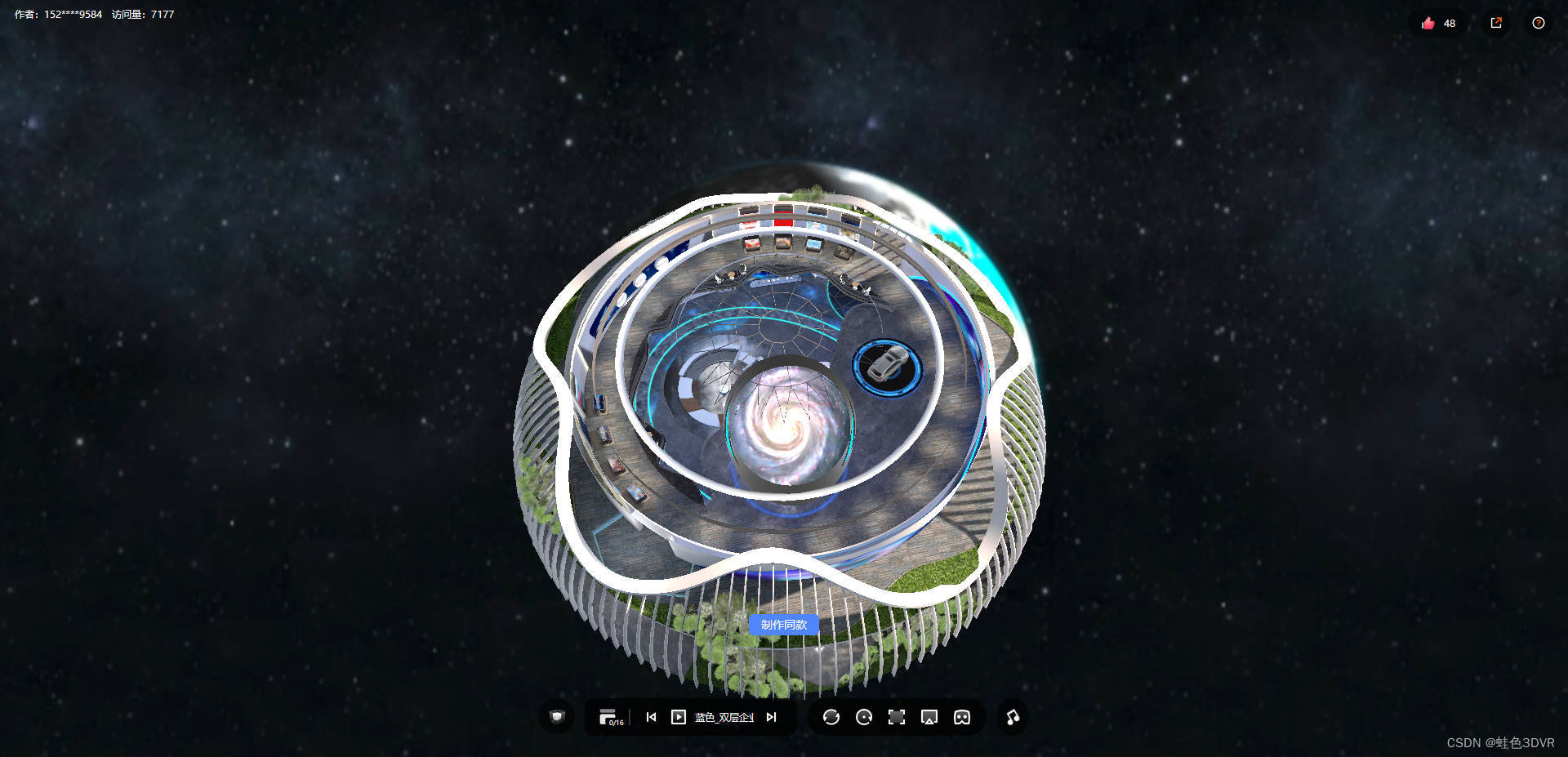
5. Media publicity and promotion:
Use various media channels to publicize and promote the exhibition hall, such as TV, radio, newspapers, magazines and online social media. Drive more people to your exhibition and visit it through advertisements, press releases, articles and social media tweets.

in conclusion:
As an innovation in the digital age, the online virtual exhibition hall not only enriches the presentation of exhibitions, but also provides enterprises with new marketing opportunities. Through an in-depth understanding of investment costs and drainage strategies, companies can make better use of the online 3D metaverse exhibition hall, transform virtual experience into actual participation in offline activities, and achieve a comprehensive upgrade of brand communication.

Through continuous innovation and exploration, the strategy of integrating online and offline will surely stand out in the fiercely competitive market and achieve greater success.

Frog Color 3DVR supports the provision of one-stop services from 0 to 1 for 3D digital content, VR panorama, 3D modeling and other content in various industries, and can better solve the actual pain points of users.